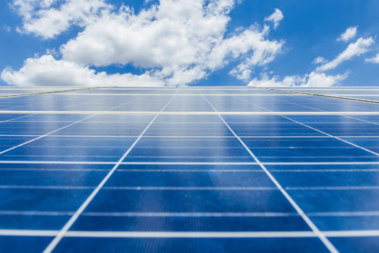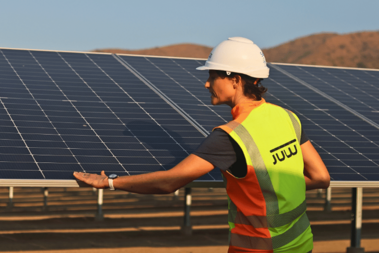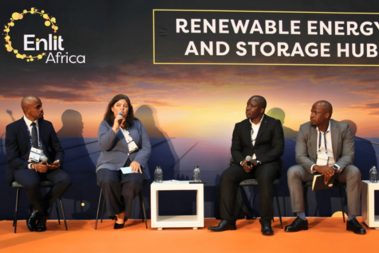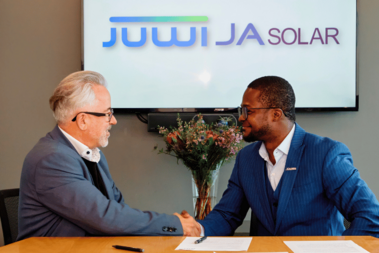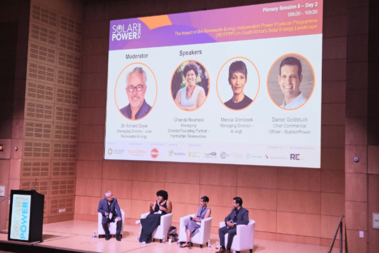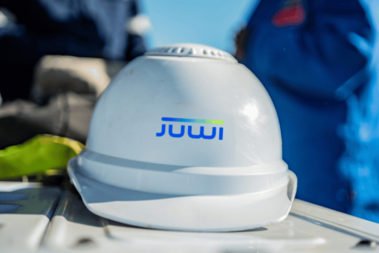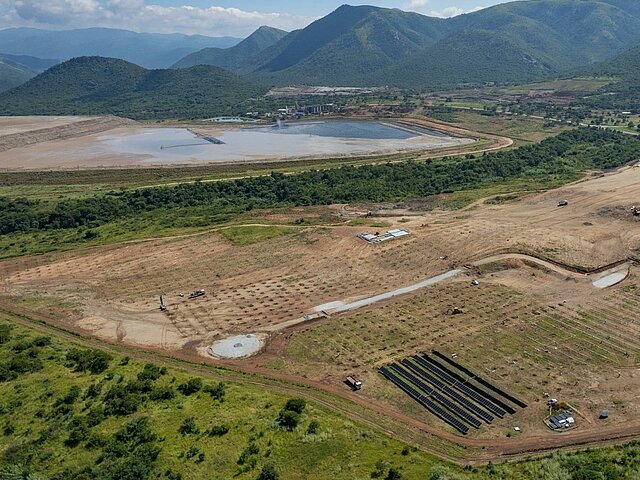
What mines need to know when moving to renewable energy.
Mines are now estimated to consume about 3.5%-6.2% of the world’s energy. In SA, about one-third of all electricity generated by Eskom is used by mines, and the Minerals Council SA forecasts that power will account for 12.5% of total operating costs in 2024, up from 9% in early 2023.
For African mining executives the transition to renewable energy is more than a response to rocketing electricity costs; it’s a strategy to mitigate climate change, energy insecurity, rising environmental, social & governance targets and imminent carbon taxes.
The integration of renewables is a complex process though, and visionary mining executives who are navigating these waters successfully are in effect preparing transformation recipe for other energy-intensive industries.
Myriad technical solutions
The integration of the appropriate technical solution is far from a one-size-fits-all affair, though. Whether on-grid or off-grid, each mine, with its unique needs and regulatory environment, demands customised energy solutions.
If speed of development is a priority mines tend to opt for smaller, sub-15MW projects on the mine’s premises. This approach streamlines the process and bypasses lengthy environmental impact studies. Alternatively, acquiring a “shovel-ready” site with permits can speed up the process.
Take Pan African Resources’ Evander mine in SA as an example. The mine has mitigated daytime power cuts and secured extensive cost savings with a behind-the-metre $8.13m, 10MW solar plant on site that which meets one-third of its energy needs and will save $1.9m a year.
For mines that are off-grid and require high renewable energy penetration, storage is essential. Hybrid solar and wind power, complemented by thermal generation such as diesel, or increasingly battery energy storage systems (Bess) are the optimal solutions.
Solar plants that incorporate Bess and thermal reduce the demand and running time of the thermal component, which reduces annual maintenance costs and increases the lifespan of, say, diesel/HFO generators. Centamin’s Sukari Gold Mine in Egypt includes a 36MW solar farm and 7.5MW battery storage system. Aside from reducing diesel consumption by 22-million litres a year, this project near the Red Sea also contributes to Centamin’s carbon emissions reduction targets.
The ability to wheel power through the electricity network, combined with lower tariffs for solar and wind, is incentivising mines to buy energy generated elsewhere from independent power producers (IPPs). For mines with limited land, wheeling electricity has become a strategic choice. For instance, the 89MW Castle Wind Farm near De Aar initially developed by Juwi will supply Sibanye-Stillwater’s operations in SA through such an agreement with Eskom.
Navigating finance options
Mining executives and CFOs grapple with a delicate balance of control, risk, capital expenditure and time to market in their decision on how to finance renewable energy projects.
The decision to self-finance comes with the promise of maximum control, quick project implementation and operational savings. In the case of Pan African Resources’ Evander plant, which the mine financed, the project will pay for itself in five years. Still, self-finance requires considerable upfront capital resources and adds risk.
Mines that self-finance projects with debt will also maintain high control over projects, achieve quick implementation and gain significant operational savings. There’s also little capital expenditure, and it is possible for the project to be cash flow positive from the first year of operation. However, we’re seeing that this option extends the risk for mines, and often entails a decade or more of debt repayments.
An example of this model is Anglo American, which recently announced it would roll out a regional renewable energy ecosystem of solar and wind projects on- and off-site for its mines, with partners providing equity and debt financing.
External financing through an IPP is a popular option that minimises capital expenditure and risk, and means minimal resources are needed for development and execution. For instance, the previously mentioned Caste Wind project, will supply Sibanye-Stillwater through a power purchase agreement (PPA) with the African Infrastructure Investment Managers consortium.
Some of the possible drawbacks of PPAs can include less control over project outcomes, lengthier timelines and the possibility of limited operational savings. There are also the effects on financial statements due to payment guarantees. The commercial structure of IPP-financed projects are also complex, with multiple stakeholders.
Cost/benefit and timelines
Once all the possible technical solutions are available for consideration, mining executives should require a thorough cost-benefit analysis of the options. For instance, mines targeting a self-financed, behind-the-metre project, the levelised cost of electricity (LCOE) of the renewable energy system is compared with current energy costs.
The LCOE is the net cost to install, operate and maintain an electricity system, divided by its expected lifetime electricity output. It is commonly measured in $/MWh. For wheeling arrangements in partnership with an IPP, executives consider the LCOE plus the IPP’s margin, tariff indexation and wheeling charges.
Realistic timelines are crucial for project planning and depend on a mine's unique needs. Mines can access fully developed sites from project developers and have projects reach financial close within six to 12 months; if they developed their own site it might take 15-20 months. Construction times vary based on the project’s size and technical solution.
Navigating the renewable energy landscape is a multifaceted challenge for mining executives. In this intricate dance, meticulous assessment of technical solutions, financing options, partners, costs and benefits, and timelines becomes the compass.
It is also where financial prudence converges with environmental stewardship. Today’s decisions by mining leaders echo beyond boardrooms, resonating across the vast landscapes they operate in.
As pioneers of a sustainable mining revolution, these executives aren’t merely navigating; they are shaping the future of an industry and, in doing so, setting an example.
This article was first published on Business Day: GILLES DUMONT: African mines are trailblazers in the move to green energy (businesslive.co.za)



